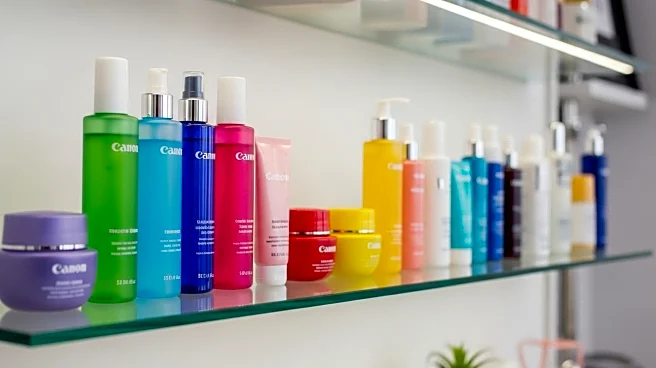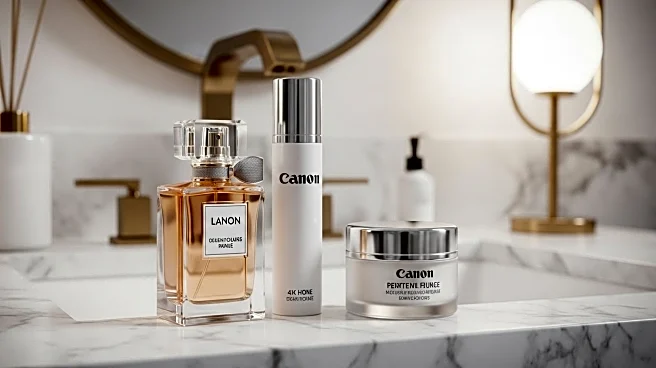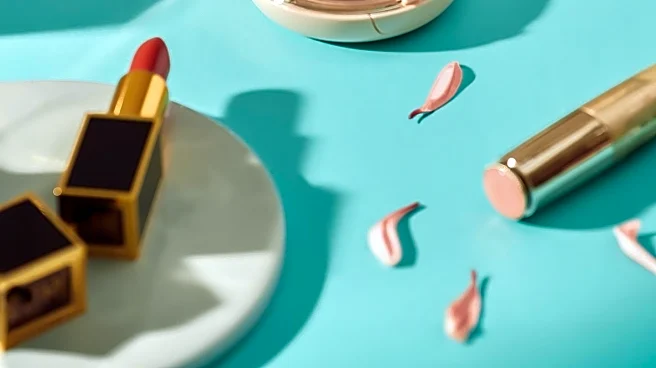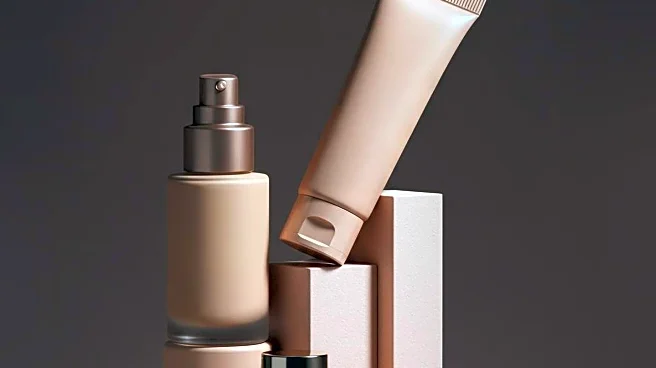What's Happening?
A new consumer trend, identified as the 'skin care switcher,' is emerging in the U.S. beauty industry, characterized by consumers frequently changing between different skin care brands. According to research by AI-powered digital advertising firm Becausal, approximately 765,176 U.S. households are involved in this behavior, switching among brands like CeraVe, Aveeno, Cetaphil, La Roche-Posay, and Neutrogena. The primary reasons for switching include perceived lack of results, new product launches, promotions, and seasonal changes. Influencer and dermatologist recommendations also play a significant role. Avi Chai Outmezguine, CEO of Becausal, notes that this behavior does not indicate brand weakness but rather presents a 'high-opportunity audience' for marketers. The trend is further fueled by social media platforms like TikTok and Instagram, which promote a culture of constant trial and brand-hopping.
Why It's Important?
The rise of the 'skin care switcher' consumer segment signifies a shift in the beauty industry, challenging traditional notions of brand loyalty. This trend suggests that consumers are more driven by product efficacy and social media influence than by brand allegiance. For marketers, this presents an opportunity to target these consumers with proof-based marketing strategies, such as dermatologist endorsements and visible results, to capture their attention and loyalty. Retailers like Sephora and Ulta Beauty are also contributing to this trend by making prestige skin care products more accessible to younger consumers, thereby expanding the trial-based culture. Brands that can adapt to this fluid loyalty landscape stand to gain by capturing a larger share of this dynamic market.
What's Next?
As the 'skin care switcher' trend continues to grow, brands may need to reevaluate their marketing strategies to focus on proof-based systems that can attract and retain these consumers. This could involve increased investment in social media marketing, influencer partnerships, and product innovation to meet the evolving needs of consumers. Additionally, brands might explore personalized marketing approaches to engage consumers during their switching windows, potentially leading to higher customer acquisition and retention rates. The industry could see a shift towards more dynamic and responsive marketing tactics as brands compete to capture the attention of this high-velocity growth channel.
Beyond the Headlines
The emergence of the 'skin care switcher' consumer segment highlights broader cultural and technological shifts in consumer behavior. The influence of social media and digital platforms is reshaping how consumers discover and engage with brands, emphasizing the importance of digital presence and online reputation. This trend also raises questions about the sustainability of constant product switching and its environmental impact, as consumers frequently try new products. Brands may need to consider these ethical dimensions and explore sustainable practices to appeal to environmentally conscious consumers.











